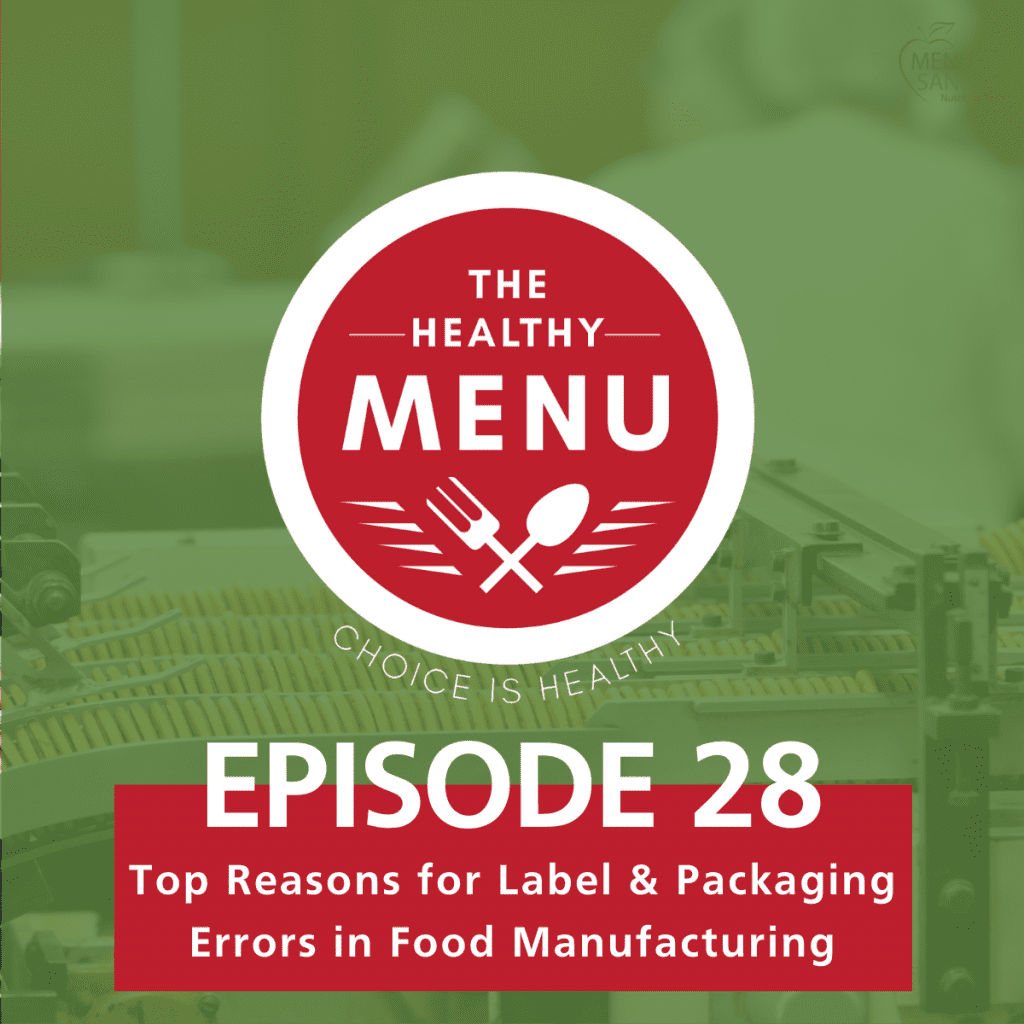Light transcript of the podcast:
Many people aren’t aware of the importance of nutrition labels. This makes sense, as nutrition labels have only been required in the U.S. since 1994. This is when the Nutrition Labeling and Education Act was passed. In other countries, nutrition labels became available even later.
The Nutrition Labeling and Education Act in the U.S. and other similar laws in other countries was designed to help consumers make more informed choices about what they eat. Through the use of nutrition information on food packages along with other important information such as ingredients, nutrition facts, and nutrition data, consumers can get more information on the food they are eating and how healthy it is.
However, with good nutritional labels come bad ones. Nutrition labelling errors happen all too often in manufacturing facilities around the world. These mistakes lead to financial loss for manufacturers due to recalled products and legal issues such as lawsuits from consumer groups or individuals who were affected by nutrition label inaccuracies.
In addition to financial issues, nutrition labels also have the potential to affect a company’s reputation. Most consumers are not aware of nutrition labelling errors until it is too late, which results in negative press for food manufacturers. This can then lead people to believe that they are selling products with harmful ingredients or incorrect nutrition facts when this isn’t the case.




















